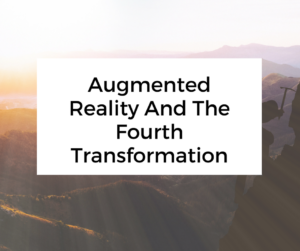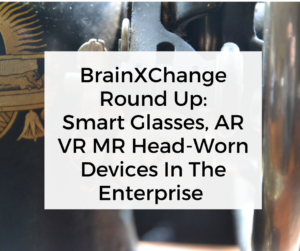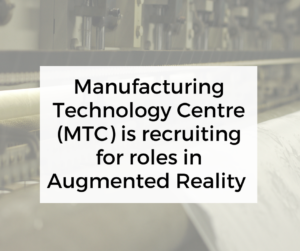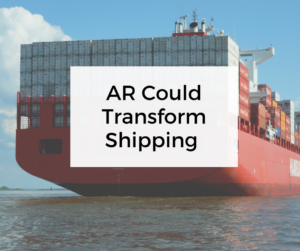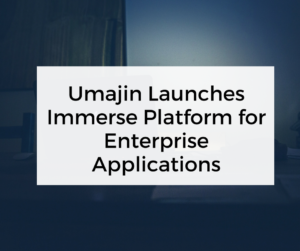Novarad’s OpenSight Augmented Reality Named 2017 New Product of the Year
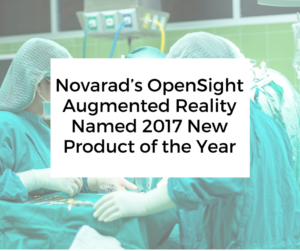
A press release dated December 6, 2017 revealed that Novarad Corporation’s OpenSight Augmented Reality system received the Business Intelligence Group’s BIG award for Business and was named 2017 New Product of the Year in the category Healthcare. The organization’s annual program was launched to reward companies, products and people that are leading their respective industries.
Novarad Coproration is a developer of medical imaging software. They created OpenSight to render patient studies into 3D and present them in an interactive manner accurately overlaid directly onto the patient’s body. This leverages a host of advanced technologies including 3D imaging, advanced segmentation and rendering, registration, motion correction, virtual tools and 3D annotation technologies.
“The ability to used mixed reality where we can merge imaging data with the actual patient is a revolutionary concept that will have a major impact on training, preoperative analysis and intraoperative care,” said Dr. Wendell Gibby, Novarad CEO and practicing neuroradiologist. “This is a rapidly emerging technology—earlier this year, we performed the first surgery using augmented reality.
The OpenSight software has proven beneficial in overcoming certain obstacles with surgical operations, and has the potential to improve accuracy, increase operational efficiency and to decrease mistakes in surgeries.

